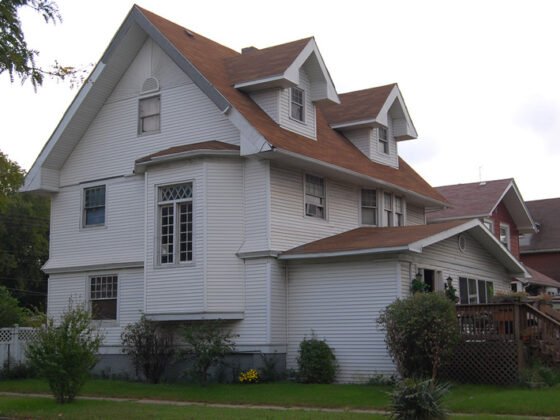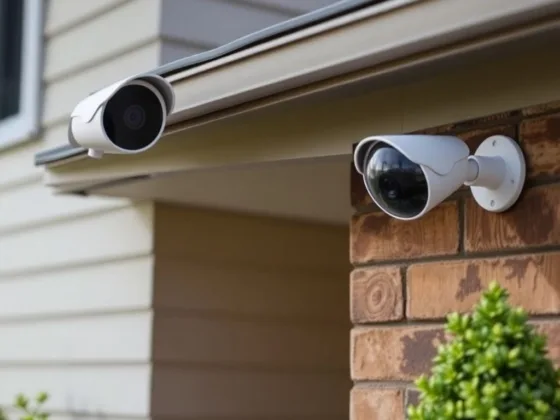Basement waterproofing methods include technologies, waterproofing equipment, or elements that help to prevent from entering the water in the basement of a building.
Hydrostatic pressure created by underground water under the floor of the basement.
Hydrostatic pressure can cause mold, rot, and moisture issues as it forces water via the crevices and cracks. It can also cause serious structural or basement damage.
Improper drainage methods, improper installation, and maintenance of drainage ditch, incorrect slope, etc. are the main reasons behind this problem.
The waterproof layer below the basement may need to use waterproof techniques, install drainage pumps and sewage lines, etc.
They are especially susceptible to sogginess and accumulation of moisture. The goal of the basement waterproofing methods is to prevent all of these factors.

A good professional waterproofing expert can waterproof the entire area and fix the leak so that it doesn’t continue to affect your home.
While each basement is slightly different and might require a slightly different solution, this particular article takes a closer look at a few of the more popular basement waterproofing methods currently available.
For more information, you can check this Pomwaterproofing site.
Various Basement Waterproofing Methods
- One of the most popular basement waterproofing methods involves applying a special type of sealant.
This special liner, made of rubber or thermoplastic polyolefin, will protect your basement walls from leaks.
Sealants will be applied all over the exterior of the house as well as inside the walls.
When applied properly, they’ll actually prevent moisture from leaking into the interior of your home.
In order for sealants to work, cracks and crevices must first be sealed. Cracks may be present where foundation walls meet the exterior or interior of the home.
If the cracks and crevices are large, sealing them will be very important.
- Another basement waterproofing method that many homeowners use is to apply what is essentially a mold and mildew inhibitor.
Moisture is necessary in order for mold and mildew to grow, but mildew can cause significant damage to the walls of your home.
Mold spores end up growing inside of cracks in the walls which allows the mold to spread.
Sealing the cracks and crevices prevents this from happening.
If you notice areas of mold growth along the wall, it’s important to treat the area immediately before the mold spreads.
- There are several basement waterproofing methods that deal with removing excess moisture from your basement.
One way that homeowners can do this is by using a sump pump. There are two types of sump pumps: submersible and non-submersible.
A non-submersible pump will allow excess moisture seepage to escape through the pipes that are connected to the sump pit.
A submersible pump is designed to prevent moisture seepage through pipes and the floor drain.
Although it is more expensive, it will be much more effective at stopping mold and mildew from growing in basements.
- The simplest method of waterproofing is to simply seal off the basement walls and ceiling with EPDM (ethylene propylene diene monomer) rubber, a single-layer rubber waterproof covering applied for basement waterproofing.
This membrane is designed to prevent mold and mildew from growing on the interior of the walls. It does this by preventing moisture from getting inside the walls.
- Another basement waterproofing method is the use of basement floor drain tiles.
These are installed down at the bottom of the basement and connect to an exterior waterproofing membrane.
- In order to prevent moisture from getting inside your basement, the best option is to use basement waterproofing products that seal the interior of the basement and exterior walls.
Most basement waterproofing products seal the interior by using a foaming agent that is applied to the interior surface of the foundation wall.
The interior foam then works to prevent moisture from getting into the foundation.
- One example of an exterior basement waterproofing method that homeowners can use is to make use of French drains.
A French drain is simply a trench filled with plastic, vinyl, or rubber material in order to channel water away from the home.
There are a number of different options for installing French drains, but in most cases, it is a good idea to hire a professional to make the repairs.
In addition, it is always best to have your basement inspected by a professional in order to make sure that your French drains are installed correctly.
Read Also:
Basement Waterproofing Methods in New Home Construction are very important. The process of waterproofing basements is not the same as it used to be when there were simple pipe leaks that would drain into the yard.
The entire process of waterproofing your basement can be quite tedious and expensive, but it will save you money in the long run.
Homeowners who are interested in learning more about basement waterproofing systems can find information online or by asking experts in their local area.
In most cases, a homeowner can learn of the best basement waterproofing solution possible by researching an expert who has completed multiple basement waterproofing system projects.
This will allow you to learn about the various materials and methods used to waterproof a basement and what the overall cost to complete the project will be.










